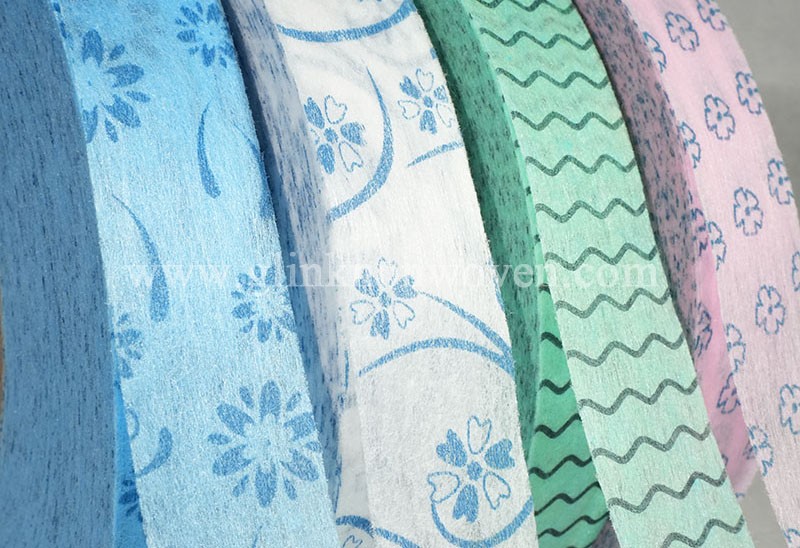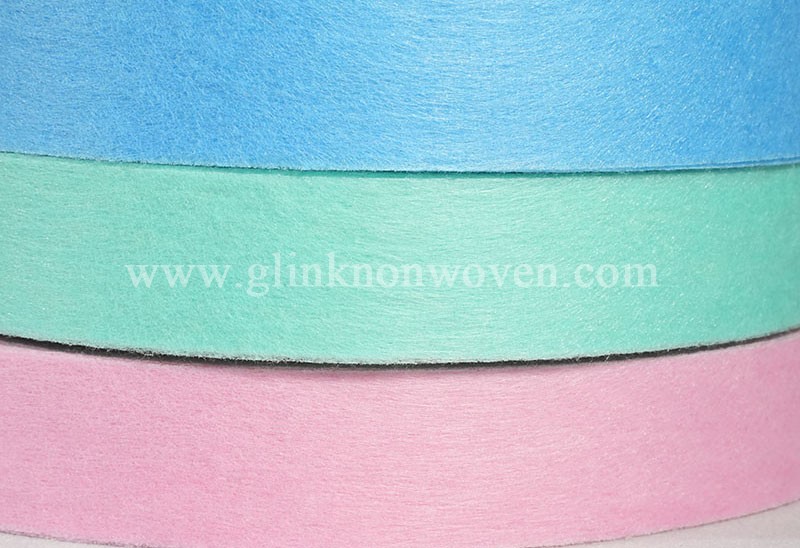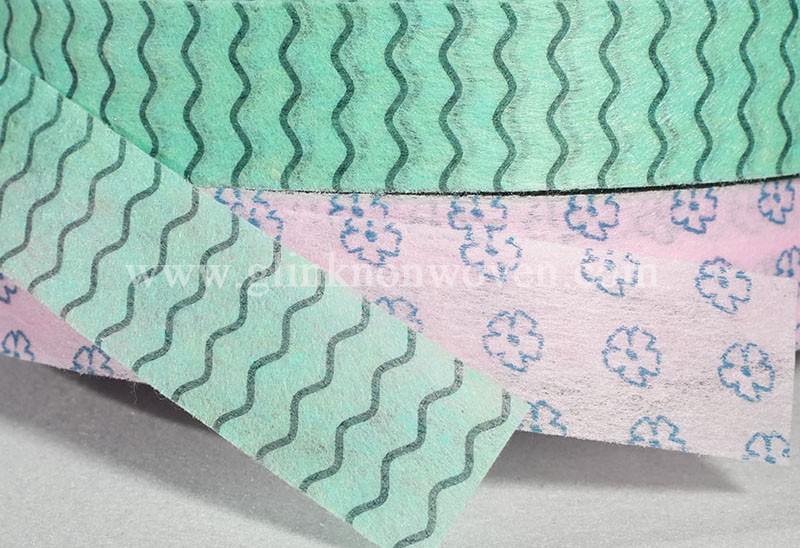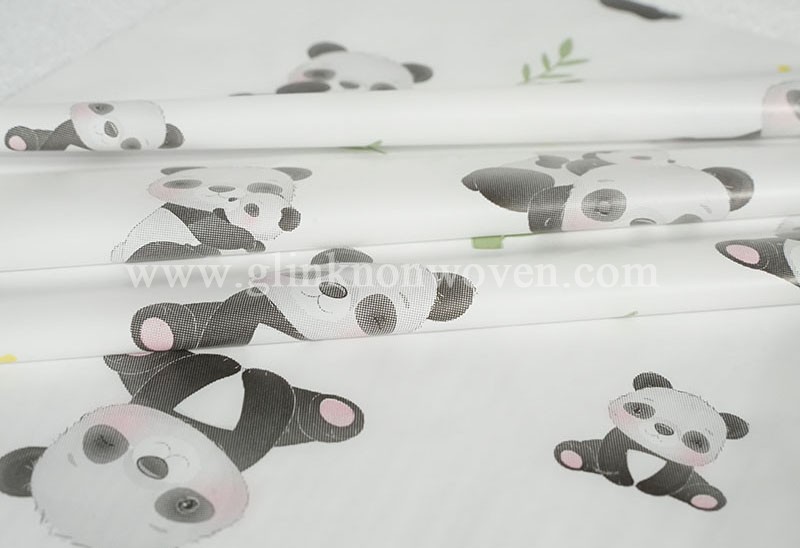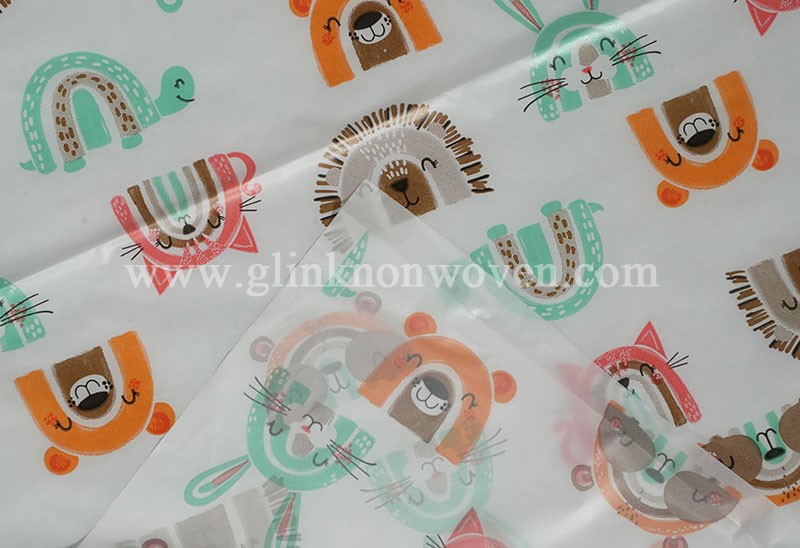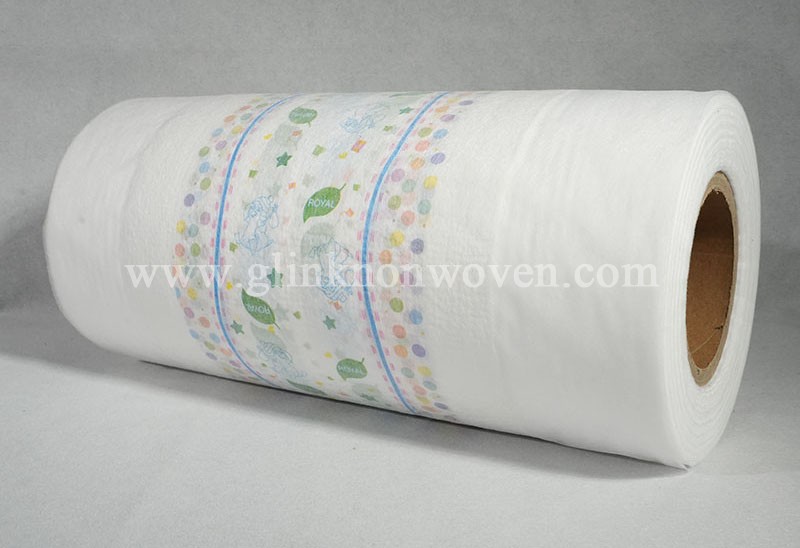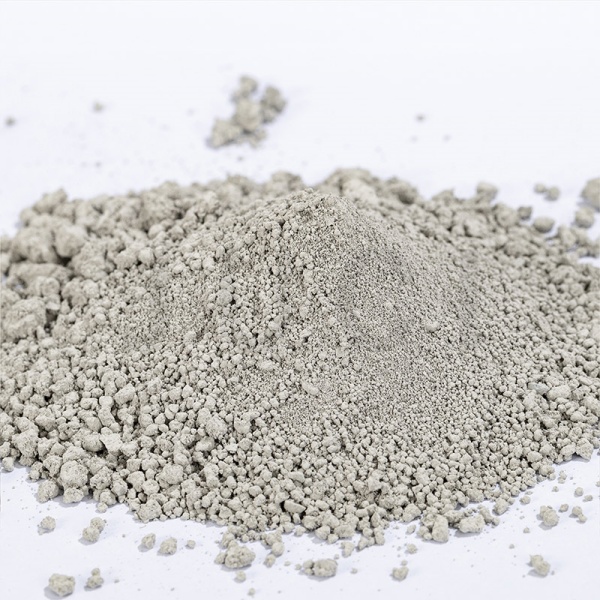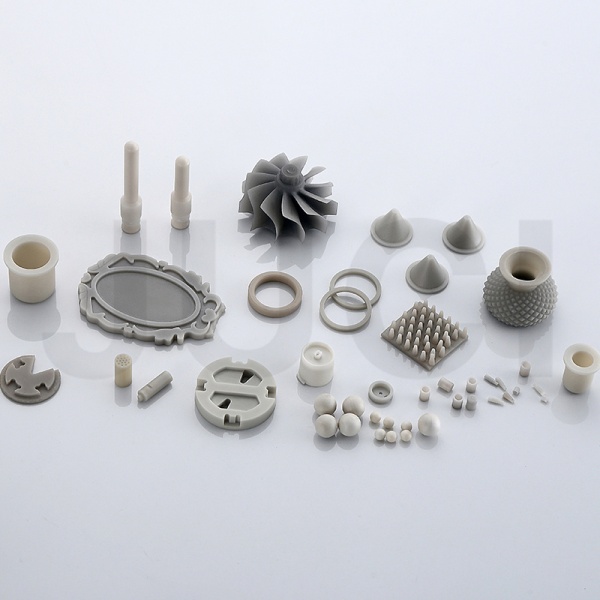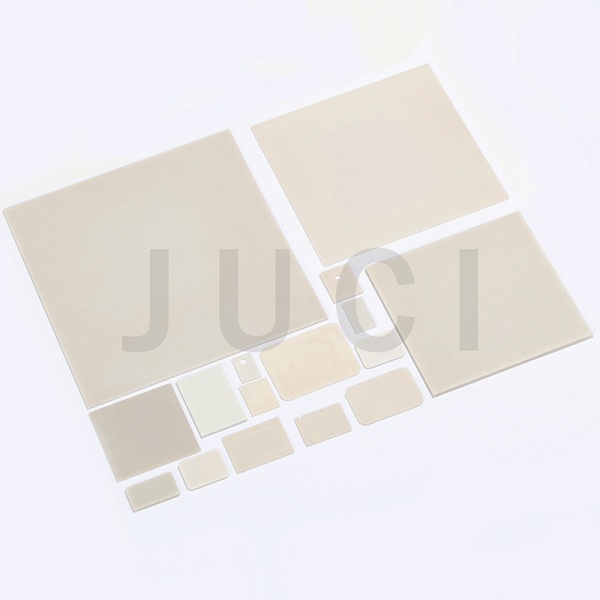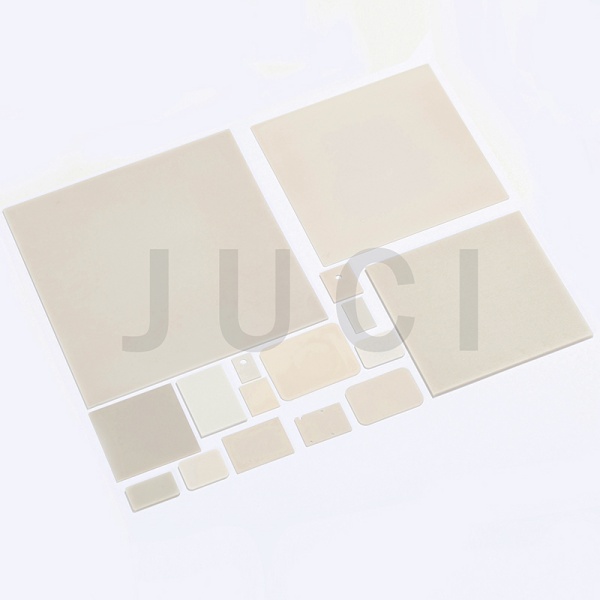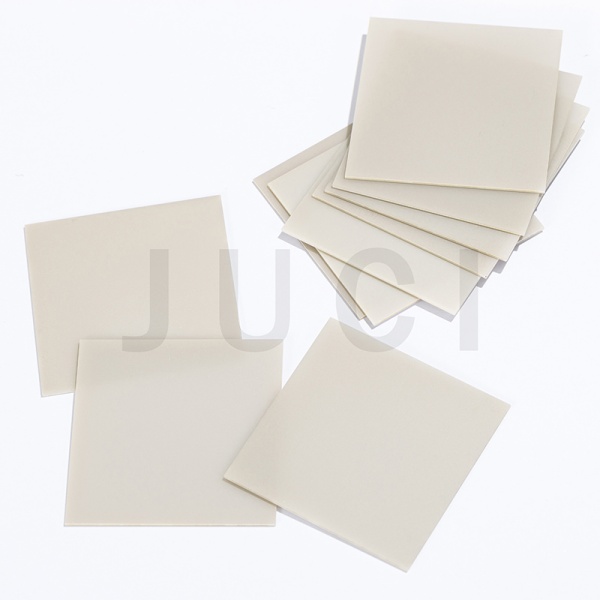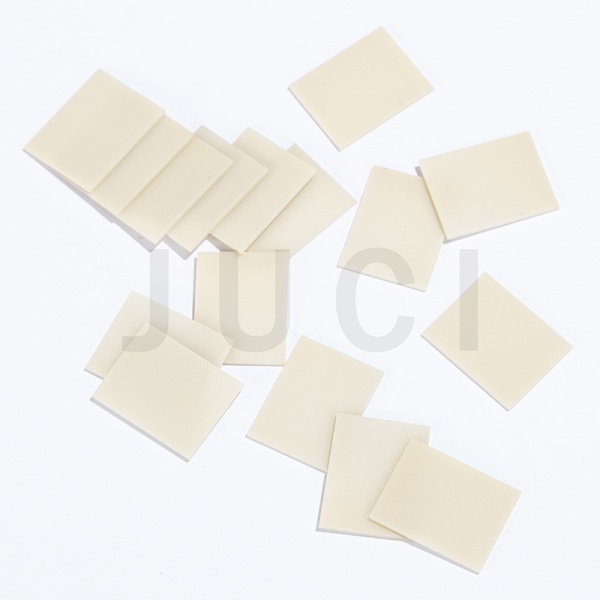Chloroprene rubber (CR), a synthetic material, is a common choice for making timing belts because of its good physical and chemical traits. Neoprene timing belts resist aging well and work best in regular transmission systems, but some situations might need different materials.

1. Aging resistance of chloroprene rubber timing belts
- Neoprene resists oxidation well, helping timing belts stay flexible and strong during regular use. This prevents the material from getting fragile or breaking down due to oxidation, making it good for machines exposed to air for extended periods, as it reduces the possibility of cracks or surface hardening.
- Heat resistance: The operating temperature range is generally between -20°C and 100°C, and it can operate for a long time in a medium-high temperature environment; under high temperature conditions, although its performance will decrease slightly, the aging process can be delayed by adding heat-resistant agents.
- Anti-ultraviolet performance: Neoprene has moderate anti-ultraviolet ability, but the surface may oxidize under long-term exposure to strong light, resulting in color changes and the formation of tiny cracks.
- Moisture resistance: Neoprene has good resistance to moisture and is suitable for high humidity environments. It is not easy to deteriorate due to moisture intrusion.
- Chemical corrosion resistance(Chloroprene Rubber SN-236T): It has good corrosion resistance to grease, weak acid, alkali and some chemical solvents, which slows down the aging rate, but is not suitable for contact with strong oxidizing chemicals.
2. Applicable scenarios of chloroprene rubber timing belts
- Industrial transmission equipment(Chloroprene Rubber SN-244X): Applicable to power transmission of conventional mechanical equipment, such as textile machinery, packaging equipment and general processing equipment.
- Medium temperature environment: It performs well in medium and high temperature (below 100°C) application scenarios, such as industrial drying equipment or HVAC systems.
- Indoor environment: Equipment with low requirements for UV resistance, such as indoor automation equipment or low maintenance systems.
- Medium humidity and chemical environment: It can be applied to equipment that contacts oils and weak acid and alkali environments, such as food processing machinery and light chemical equipment.
3. Limitations of aging resistance of chloroprene rubber timing belt
- Prolonged exposure to temperatures above 100°C can speed up the aging process, leading to reduced flexibility or hardening of the timing belt. When working in such conditions, fluororubber or silicone rubber belts are the preferred choice.
- Extended exposure to strong sunlight can cause surface oxidation and cracking, which reduces the lifespan of the belt. Polyurethane belts or those with anti-UV coatings are advisable for outdoor setups.
- Strong acids, bases, or concentrated chemical solvents can cause corrosion if the material isn't resistant enough.
4. Methods to extend the aging resistance of chloroprene rubber timing belts
- Reasonable storage: Store in a dry, ventilated, light-proof environment to avoid ultraviolet radiation and high temperature.
- Regular inspection: Regularly check whether there are cracks or hardening on the surface of the timing belt during use, and remove oil and chemical residues in time.
- Adding antioxidants: By adding antioxidants or anti-ultraviolet ingredients during the manufacturing process, the aging resistance of the timing belt can be significantly improved.
- Optimize working conditions: Avoid running the synchronous belt under excessive tension or extreme temperature to reduce the risk of aging.
Chloroprene rubber synchronous belts resist oxidation, heat, and moisture well, so they age slowly and work for many standard jobs. Still, they might not work as well when it's very hot, there's a lot of ultraviolet light, or things are very corrosive. You can make these belts last longer by storing and using them properly and keeping up with regular maintenance. Because of this, they're a solid, affordable choice.
Website: www.elephchem.com
Whatsapp: (+)86 13851435272
E-mail: admin@elephchem.com
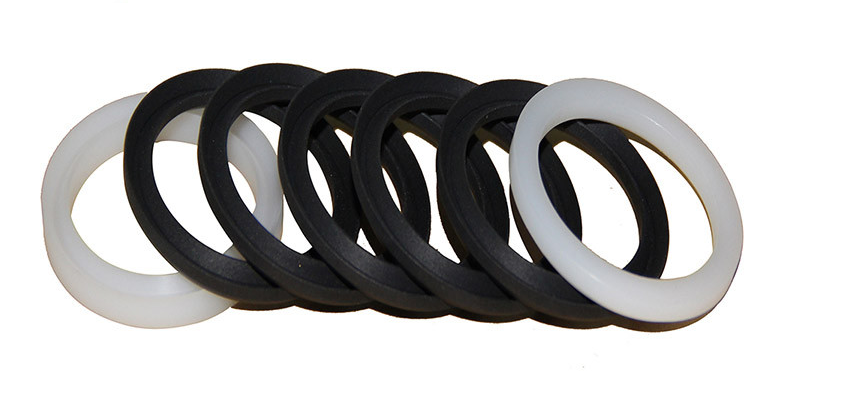
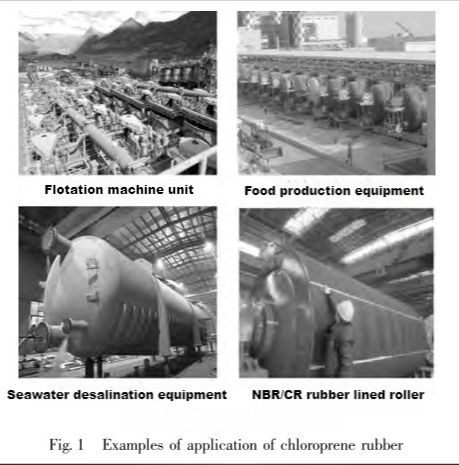
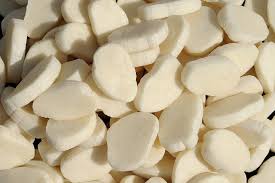
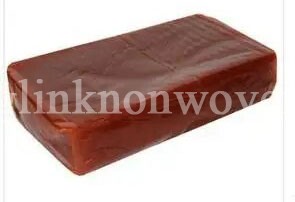
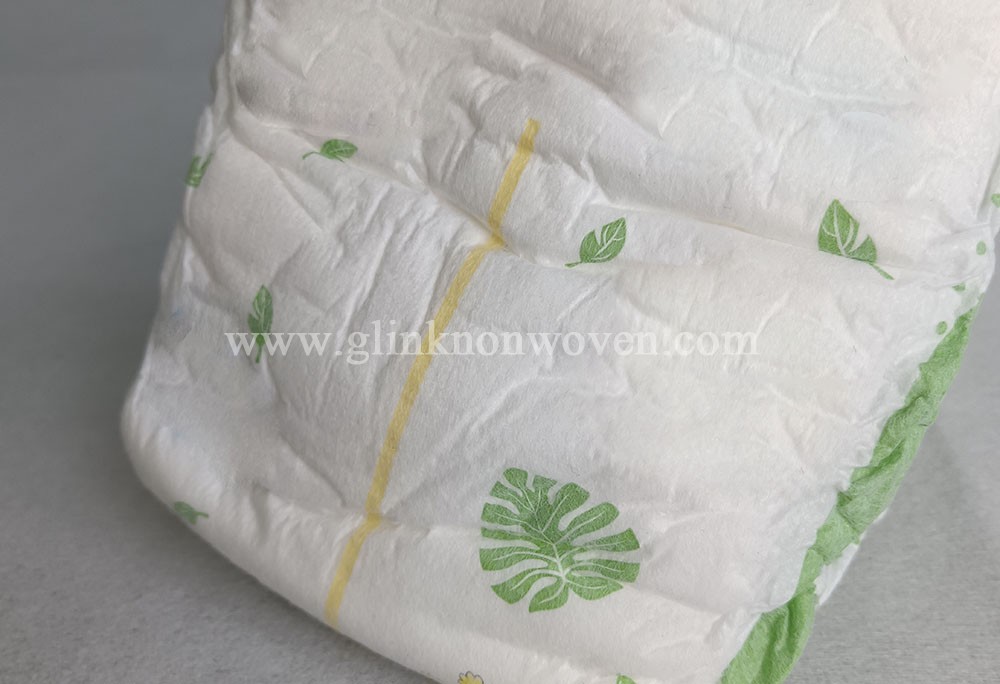
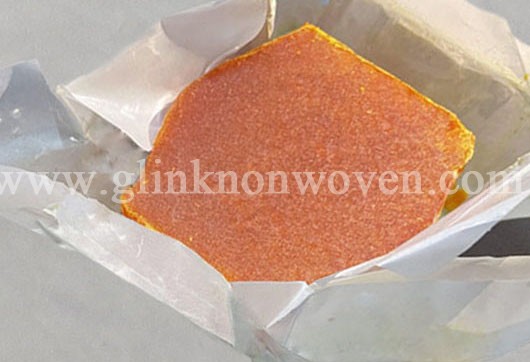 There is almost no odor, which can create a fresh use environment for the baby. Even in a humid environment, it can maintain good performance. It has good stability and can stably play the color-changing function in different environments. It has excellent operating performance and is easy to operate during the production process, ensuring the quality and production efficiency of the product. With urine-displaying gel, taking care of your baby becomes more worry-free!
There is almost no odor, which can create a fresh use environment for the baby. Even in a humid environment, it can maintain good performance. It has good stability and can stably play the color-changing function in different environments. It has excellent operating performance and is easy to operate during the production process, ensuring the quality and production efficiency of the product. With urine-displaying gel, taking care of your baby becomes more worry-free!